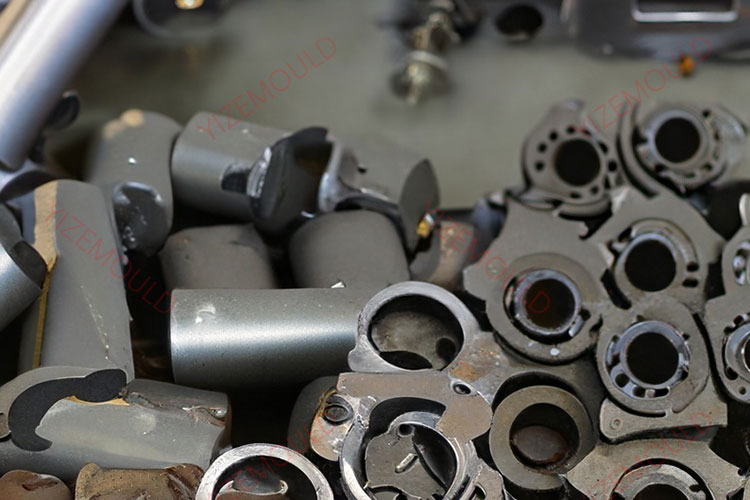Analysis of quality of tungsten carbide (wc) in electrolysis
The main factor influencing the quality of tungsten carbide WC in electrolysis products is the impurity content. 1. The main reason for high levels of Sn and Cu impurities is […]
The main factor influencing the quality of tungsten carbide WC in electrolysis products is the impurity content.
1. The main reason for high levels of Sn and Cu impurities is the inadequate cleaning of impurities on the surface of waste cemented carbide before electrolysis. During the usage of cemented carbide cutting tools, most of them are welded onto the workpiece using copper welding rods, some of which contain a significant amount of copper and tin. Under the conditions of cobalt electrolysis, Cu and Sn cannot enter the hydrochloric acid solution and instead fall as powder to the bottom of the tank, entering the WC, resulting in excessive Cu and Sn impurity content in the WC products. Therefore, when acid washing waste cemented carbide, it is necessary to remove impurities such as copper from the surface. During acid washing, a 1:1 nitric acid immersion is used, and the following reaction occurs on the surface:
3Cu + 8HNO === 3Cu(NO3)2 + 2NO + 4H₂0
Since Sn and Cu are in an alloy state on the surface of waste cemented carbide, tin is also removed during the removal of copper during acid washing.
Our factory business: carbide parts, mold parts, medical injection molds, precision injection molds, teflon PFA injection molding, PFA tube fittings. email: [email protected],whatsapp:+8613302615729.

2. The reasons for high Al and Si impurity content are:
- Water quality issues. After acid washing waste cemented carbide, impurities must be rinsed off with clean water and finally cleaned with distilled water.
- Poor cleanliness of the process environment. Measures should be taken to overcome this.
3. The reasons for high Fe, Ti, Mn, Cr, and other impurity content are as follows:
Most cemented carbide is welded onto steel parts for use, and when recycling waste cemented carbide, residual steel parts are inevitably introduced due to different methods, which contain elements such as Fe, Ni, Ti, Mn, Cr, etc. If these residual steel parts cannot be removed during acid washing and are not completely dissolved during electrolysis, they will exist in the WC.
The WC pieces obtained after electrolysis must be ball-milled for use. Generally, the grinding balls used are made of cemented carbide, and the ball mill is made of 1Cr18Ni9Ti stainless steel plate. The main reason for high Fe, Ni, Ti, Cr, and other elements in WC is the significant wear of the stainless steel lining plate.
4. WC with high oxygen content and free carbon content is not allowed for the production of cemented carbide. To reduce the oxygen content and free carbon, hydrogen deoxidation treatment is carried out at a certain temperature.
5. The inclusion of trace amounts of cobalt in WC products has little impact on cemented carbide. However, if the cobalt content is too high, it will exist as fine particles in the cemented carbide, and when used as raw material for cemented carbide, it will form voids during sintering due to different shrinkage rates, similar to impurities. Therefore, the cobalt content should be strictly controlled below 0.05% in production, especially for manufacturing non-magnetic cemented carbide. WC in electrolysis products containing trace amounts of cobalt must undergo acid washing.
Inferior cemented carbide materials on the market often have many pores, making it difficult to polish them to a mirror finish when used as molds.






